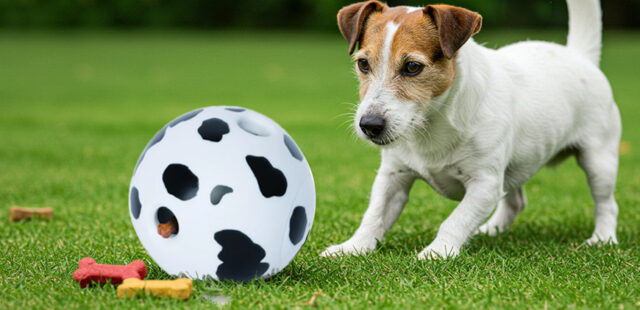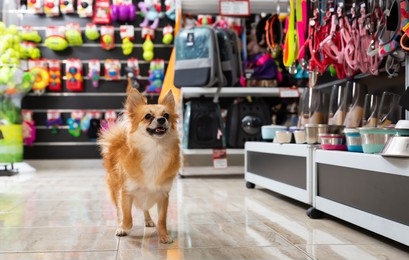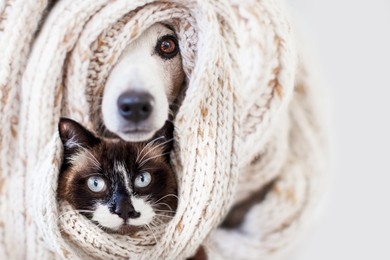Earthquakes, the sudden shaking of the ground caused by the movement of tectonic plates beneath the Earth’s surface, have long been a source of fascination and dread for humankind. Despite advances in technology, predicting earthquakes remains an elusive challenge for scientists. However, there are intriguing anecdotes and studies suggesting that animals, particularly pets, may possess a unique ability to sense impending seismic activity.
The idea that animals can predict earthquakes is not a new one. Throughout history, there have been numerous accounts of unusual animal behavior preceding seismic events. From cats hiding under furniture to dogs acting agitated or birds suddenly becoming silent, anecdotal evidence suggests that animals may have a heightened sensitivity to the subtle changes in the environment that precede earthquakes.
One of the most famous examples occurred in 1975 in the Chinese city of Haicheng. Prior to the devastating earthquake, residents reported unusual behavior in animals, including dogs barking incessantly and snakes emerging from hibernation. Authorities took these warnings seriously and evacuated the city, saving thousands of lives. Similarly, before the 2004 Indian Ocean earthquake and tsunami, there were reports of elephants running inland and birds flying to safety.
But can pets really predict earthquakes, or are these anecdotes simply coincidences? While the scientific community remains skeptical, there is growing evidence to suggest that animals may indeed possess a sixth sense when it comes to seismic activity.
One theory is that animals can detect subtle changes in the Earth’s magnetic field that occur before an earthquake. Studies have shown that certain animals, such as birds and fish, are sensitive to magnetic fields and use them for navigation and orientation. It’s possible that the stress caused by the movement of tectonic plates alters these magnetic fields, triggering a response in animals.
Another hypothesis suggests that animals are more attuned to the sounds and vibrations produced by earthquakes, which may be imperceptible to humans. Dogs, for example, have been hearing and can detect low-frequency sounds that precede seismic activity. Similarly, some researchers believe that animals may be able to detect changes in groundwater or other environmental factors associated with earthquakes.
Despite these intriguing theories, scientists have yet to conclusively prove that animals can predict earthquakes with any degree of accuracy. While there have been some successful experiments demonstrating animals’ ability to sense seismic activity in controlled settings, replicating these results in the real world remains a challenge.
One of the main obstacles to studying animal behavior in relation to earthquakes is the unpredictable nature of seismic events. Unlike controlled laboratory experiments, earthquakes occur sporadically and without warning, making it difficult to observe animal behavior in real time.
Nevertheless, researchers continue to study the phenomenon, hoping to uncover the mysteries behind animals’ apparent ability to predict earthquakes. In recent years, there have been efforts to use advanced technology, such as GPS tracking and animal behavior monitoring, to gather data on animal behavior before, during, and after earthquakes.
While the idea of pets predicting earthquakes may seem far-fetched to some, it’s worth considering the wealth of anecdotal evidence and the intriguing scientific theories that suggest otherwise. Whether or not animals possess a true sixth sense for seismic activity remains an open question, but their ability to detect subtle changes in the environment serves as a reminder of the interconnectedness of all living beings on our dynamic planet.
In the meantime, pet owners may find comfort in the idea that their furry companions could potentially provide an early warning sign in the event of an earthquake. Whether it’s through their keen senses, instincts, or simply a heightened awareness of their surroundings, animals continue to fascinate and surprise us with their mysterious abilities. As we strive to unravel the secrets of the natural world, perhaps our four-legged friends will continue to serve as our faithful companions and silent guardians, watching over us in ways we may never fully understand.
In conclusion, while the question of whether pets can predict earthquakes remains unanswered definitively, the evidence and anecdotes suggest that they may indeed possess a unique sensitivity to seismic activity. As our understanding of animal behavior and the Earth’s geology continues to evolve, it’s essential to keep an open mind and explore the fascinating relationship between animals and natural phenomena. Whether it’s through scientific research, anecdotal observations, or simply our own experiences with our beloved pets, the mystery of animal instincts and their connection to earthquakes is a captivating topic that invites further investigation and contemplation.
As we delve deeper into the complexities of the natural world, we may find that the answers to some of our most pressing questions lie not only in the realms of science and technology but also in the instincts and behaviors of the creatures with whom we share our planet. In the intricate web of life, perhaps the key to unlocking the secrets of earthquakes lies in the silent whispers of the animals around us, ever attuned to the rhythms and movements of the Earth beneath our feet.















